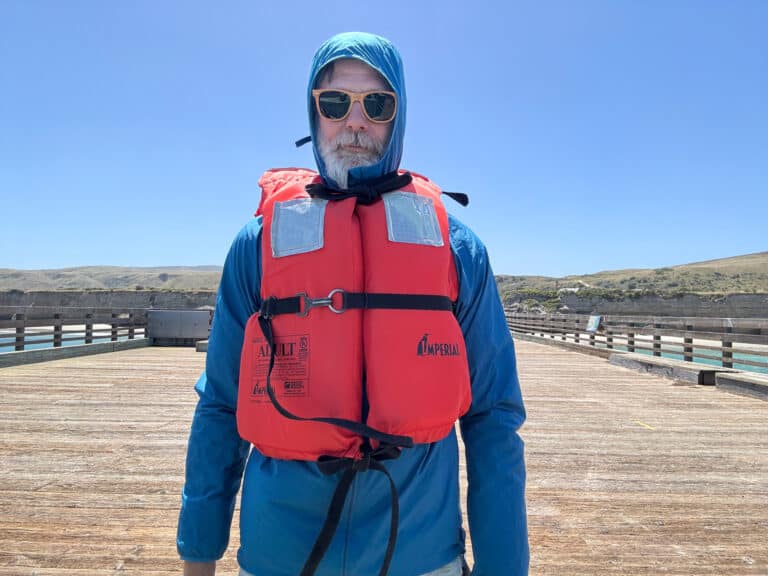thedirt
Humanitarian Hiker Michael Farle
On August 5, Richmond, Va., hiker Michael Farley will embark on his fourth Proper Walk—a ten-day, 300-kilometer trek across the Rift Valley in Northern Kenya. Farley has taken a Proper Walk every other year since 2002, and his previous three efforts have raised $180,000 for the Makindu Children’s Program, which works to support Kenya’s growing number of orphaned children, many a result of the AIDS pandemic.
BRO: What is an African Proper Walk?
MF: I told an old friend of mine, an expatriate living in Africa who has since passed away, that I was planning a 10-kilometer hike. His response was, “That’s not a proper walk.” He then explained that a real walk means traveling many kilometers in a day for many days in a row. That made me think about trying to walk across the entire Rift Valley and helping the kids from Makindu, so I came up with these proper walks.
BRO: Tell me about your roots in this area.
MF: After college I applied for the Peace Corps, and I arrived in Kenya on my 23rd birthday. I lived in a mud hut and worked with farmers outside of Makindu to develop an agricultural cooperative and an irrigation scheme. That was 30 years ago. This trip coming up will be my 21st trip back.
BRO: How do you handle the logistics of hiking through this remote area?
MF: This year we are walking around the lakes of the Rift Valley. We’ll use camels to carry our gear, food, and water. But we also have to find water along the way, because we can’t carry enough. We also have seven or eight Kenyans with us. They are members of the tribes that we will be encountering when we cross through their land on the walk.
BRO: What are some of the most difficult physical challenges of the walk?
MF: Besides just walking 20 miles a day for 10 days in a row, we are usually dealing with 120-degree heat. We also have to be aware of a lot of snakes and other wildlife. We’ve had encounters with elephants and lions. We sometimes have to make fires around our campsites to keep lions out. Also, some of the tribes we encounter are traditional, so we’ve had warriors march into our camps. Historically we’ve worked everything out.
The first walk in 2002 was probably the hardest. It was through the Seguda Valley in Northern Kenya. It was 110 degrees by 10:30 in the morning. It’s called the “Valley of the Black Death” because of the black lava flow. That heat beating down on the lava was tough. On that trip we were eating British made-ready-to-eat meals that somebody had donated to us. The first couple of nights we were cooking them, but by the fourth night we were so tired we were just opening the pack and eating them cold. At that point I noticed they had expired in 1997.
BRO: How do you make other walkers care about the cause?
MF: I have ten walkers going with me this time, and I required each of them to raise $10,000 and pay their own way to be able to come. The adventure is a sideline to the real mission, which is to raise awareness for the AIDS pandemic and large number of orphans in sub-Saharan Africa. We go visit the children in Makindu first, so everyone can get an idea of why they are walking. This is something I hope to continue to do for them every two years until I can’t walk anymore.






